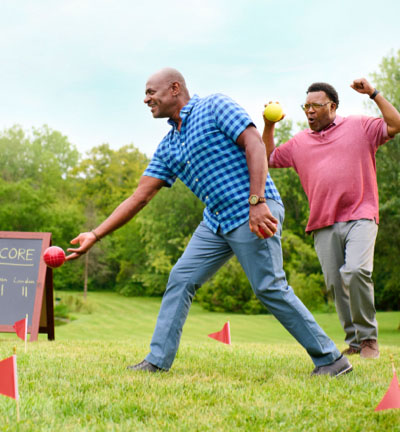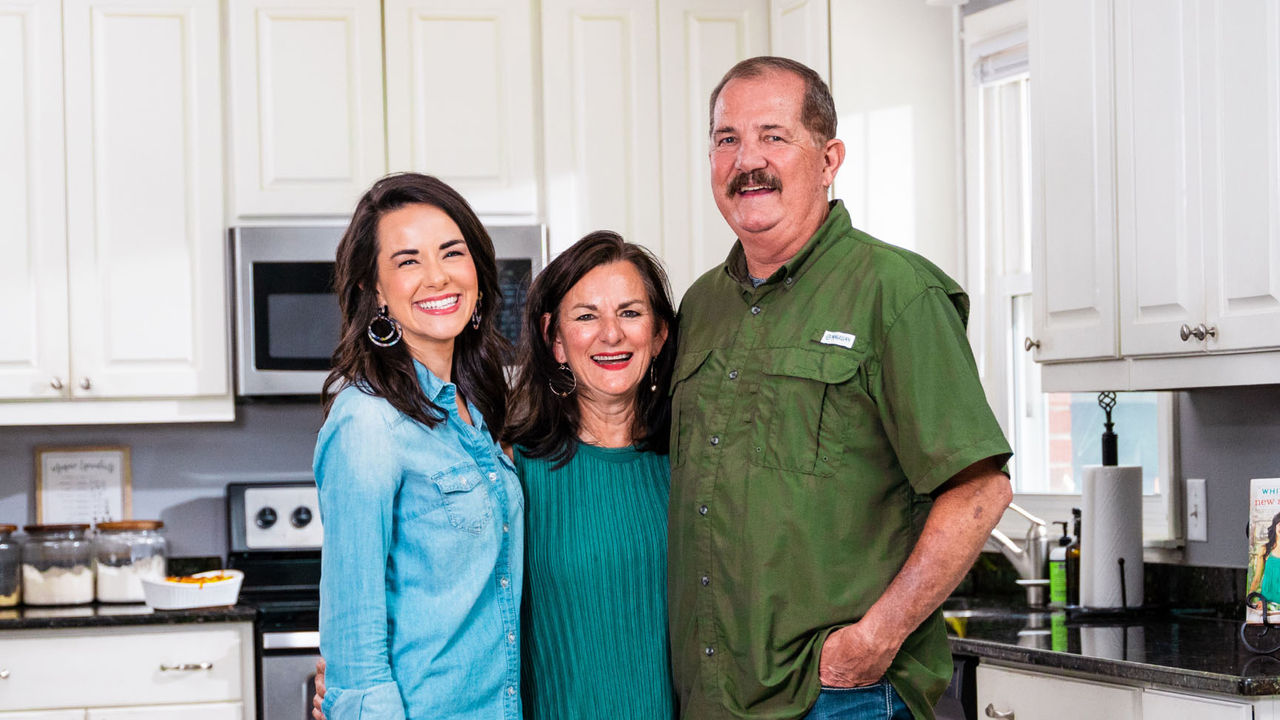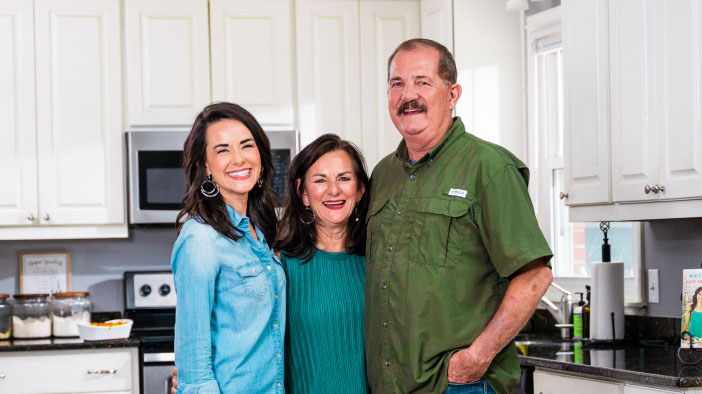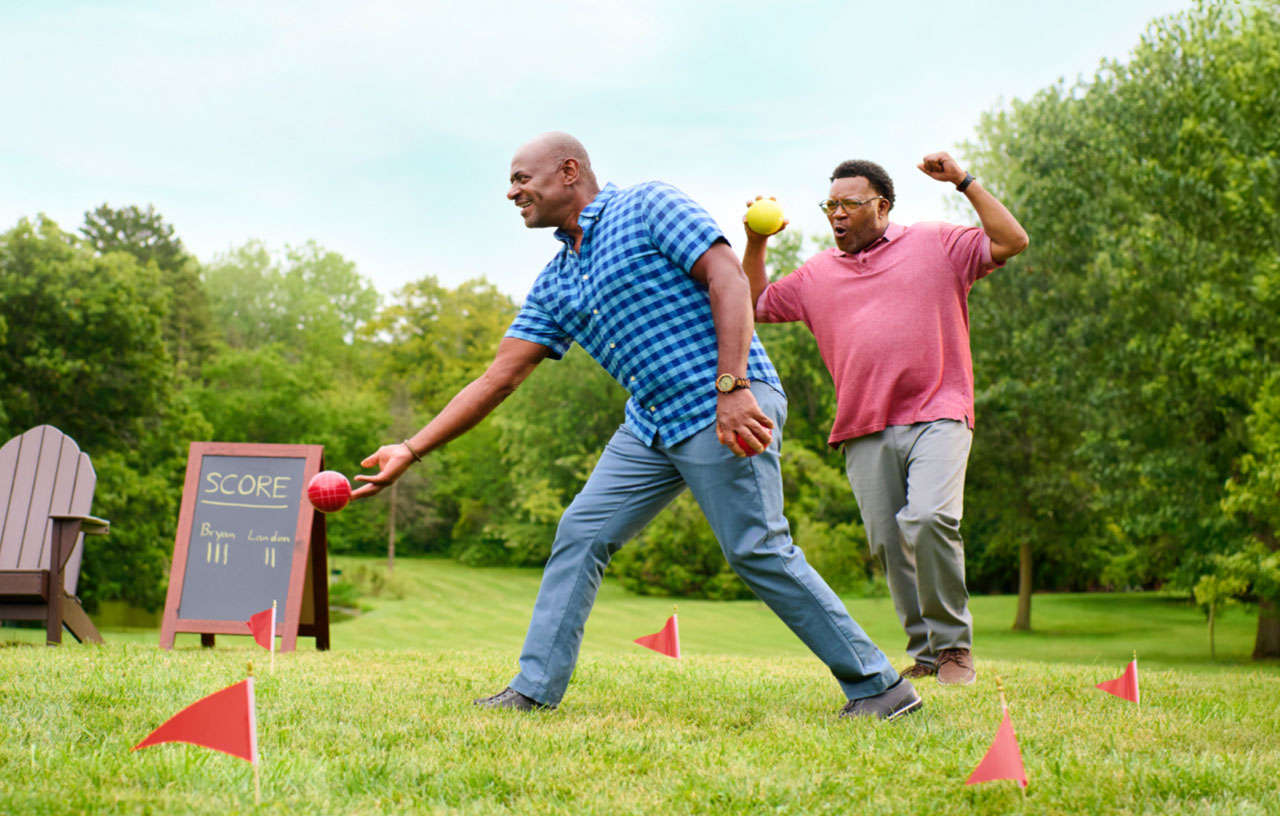MG community members share how they reached their personal goals.
A myasthenia gravis (MG) diagnosis may come with a lot of emotions: shock, confusion, frustration, whatever you’re feeling, know that everyone navigates the journey differently. Part of that navigation involves self-reflection. What’s important to you? How are MG symptoms limiting you? What challenges do you want to take on? And how does MG treatment factor into it all?
Setting personal goals and ensuring your treatment plan aligns with them can help keep you motivated on your MG journey. It may sound daunting at first, but approaching the process with a positive mindset and starting small can help you get rolling. While your main goal is likely just to feel better, setting and achieving smaller goals along the way may help you stay inspired and keep momentum. Talk to your healthcare team about these goals so they can support you and your needs.
We’ve spoken with the MG community previously about the importance of setting goals, and now we’re diving into what happens next. What does reaching those goals look like, and what does it take to get there? Hear from Caitlin,* Evan* and John* on how these goals impacted their lives with MG and the way doctor partnerships supported them along the way.
Focus on the right goals for you
When setting goals with MG, be honest with yourself about what symptoms you’re struggling with and what experiences or abilities matter most to you. Goals can be big or small, from getting back to a hobby you loved before MG to completing minor, day-to-day tasks with more ease.
Caitlin says when she wants to set a goal, she thinks to herself, “What is something I want?” and then translates that to both long-term and short-term goals. She was a runner before MG, so staying active is one long-term goal that’s important to her. While running isn’t always feasible for her nowadays, she finds walking to be a great substitute when she needs it.
“I think some people feel they’re failing if they’re not doing the activities they did before, but reframing things can help. I decided to reframe my mindset to know that walking is a good form of movement,” Caitlin explained.
For Evan, improving his ability to do basic, daily activities has been his primary goal. “Initially, I had a very difficult time with my upper extremities, doing things like brushing my teeth, washing my hair, putting on a seatbelt…things that are part of normal, everyday life,” he said. “The way I faced those limitations was through trying different MG treatments.” Evan shared that through continued conversations with his healthcare team, he found the right treatment plan that helped him manage the symptoms impacting his day-to-day functionality. “I can now put my seatbelt on a lot easier. I can lift my arms in a way I wasn’t able to for many years,” he said.
I know I want to achieve my goals. I might not be as good at them as I used to be, but I can still participate.
John is passionate about many hobbies he wants to keep in his life, including gardening and yard work. He and his wife have two properties they maintain, so John’s goal is to keep up with those responsibilities while managing his muscle fatigue.
“I take pride in my garden and yard work, so I’ve made accommodations to be able to do it. I know that repetitive movements weaken my muscles, so I use electric tools, pace myself and make sure not to work on anything for too long,” John explained. “I know I want to achieve my goals. I might not be as good at certain activities as I used to be, but I can still participate.”
Celebrate your success
After all the hard work you put into achieving your MG goals, don’t forget the best part: enjoying your achievement! This not only helps you savor the special moments of those wins, but also helps you stay motivated to maintain them.
When reflecting on how achieving his goal impacted his life, John shared, “It makes me feel good because I feel like I’m a little bit back to normal. If making modifications helps ease the difficulty, that makes me happy and gives me self-gratification.”
Caitlin noted a few benefits of achieving her goal that she’s particularly grateful for. One is that her walks are now a joint activity with her mom, turning it into not just exercise, but a fun bonding experience. Another is that she feels a deeper appreciation for the smaller things in life. Evan shares this sentiment, noting that he’s had to “work extra hard to do things that many people just take for granted.” He also mentioned how achieving his goals boosted his confidence in social situations.
“For many years, I had to find work-arounds for some of these tasks that were second nature to most people,” Evan explained. “So ever since I’ve been able to do these basic things, it has made me a lot more comfortable in social environments and more self-reliant.”
The beauty of setting goals is they’re not meant to hurt you. They’re meant to motivate you.
Maintain your success
Celebrating the achievement of your goals is important, but so is committing to maintaining those achievements. This helps you continue to make progress in your MG journey and go for a greater everyday with MG.
Evan says a key part of this is open and clear communication with your healthcare team. “It becomes very important to be able to articulate your challenges and explain how you’re responding to certain treatments,” he said, noting the connection between treatment choices, symptom management and achieving your goals.
The Myasthenia Gravis Activities of Daily Living (MG-ADL) scale is one tool that can help you track your symptoms and help lead these conversations with your doctor. The MG-ADL scale helps identify the impact MG has on your daily life by assessing the severity of your symptoms, and many doctors are familiar with it. You may also want to consider the Myasthenia Gravis Quality of Life (MG-QOL15r) scale, a 15-item survey that evaluates how your MG symptoms affect your emotional well-being and ability to be independent.
As you have these regular conversations with your doctor and monitor your symptoms, feel empowered to advocate for yourself. You picked these goals for a reason, so keep that reason in mind to hold yourself accountable. In addition to talking with your healthcare team, don’t be shy to lean on the MG supporters in your life as well—like Caitlin does with her mom on their walks.
Caitlin also noted the importance of staying positive when it comes to goals, letting them be a source of inspiration rather than pressure. “The beauty of setting goals is they’re not meant to hurt you. They’re meant to motivate you,” she said.
Download the MG Treatment Goals Action Plan below to get started on your own goals.

















